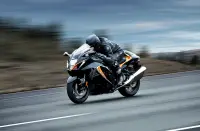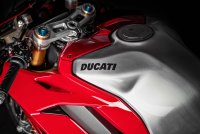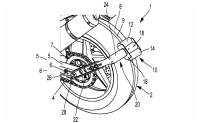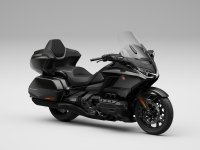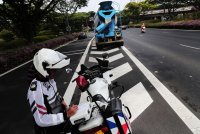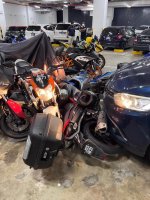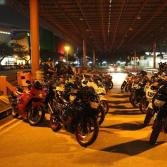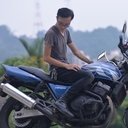.thumb.jpg.942d9c8d2090d78b3319f3cc3d3744e6.jpg)

We are excited to share that Auto Exchange has just gotten in a brand new fleet of motorcycles consisting of the latest and hottest 2021 models for you to try and experience for yourself! Read to the end of the post to see actual pictures of the motorcycles!
Not only are the bikes brand new, they are also priced to be the cheapest in the market and you will not find a better deal anywhere else!
Price for Class 2B motorcycles during this special offer (Quote SingaporeBikes.com to enjoy these prices!):
Daily rental: S$25/day Weekly rental: S$21.40/day (S$149.80 per week) Monthly rental: S$17.80/day (S$535 per month) Check out their new fleet (Pictures below!):
Class 2B: Yamaha NMax V2 2021, Lambretta, Yamaha MT-15, CBF190TR, FZ-S, Honda ADV150 Class 2A: Honda CB400X, Kawasaki Versys 300, Yamaha XMax Class 2: Kawasaki Z1000, Yamaha TMax, Honda X-ADV We have worked out this deal with Auto Exchange so that if you are in the market to rent a motorcycle, there is no further reason to look anyway else!
Brand new, excellent working condition, latest model version Full insurance coverage (including commercial delivery) CHEAPEST in the market - Why pay more for COE bikes? Comes with rear top box, handphone holder, just ride and go! (subject to availability) No guarantor required Flexible arrangements and no-frills service To reserve your motorcycle today, please navigate over to the link at https://www.singaporebikes.com/bikerental and a staff from Auto Exchange will get back to you within the hour.
Alternatively, you can contact Auto Exchange at +65 8500 0420 ( WhatsApp - https://wa.me/6585000420 ) and quote "SingaporeBikes.com (SBF)" to take advantage of the offer today!
Auto Exchange Motorcycle Rental
Address: 81 Ubi Ave 4, #01-16, Singapore 408830
Check out their customer review over here:
- Read more...
-
- 0 comments
- 1,702 views
.png.f357c4bbda45b8d1f0301390a48a7ff4.png)
